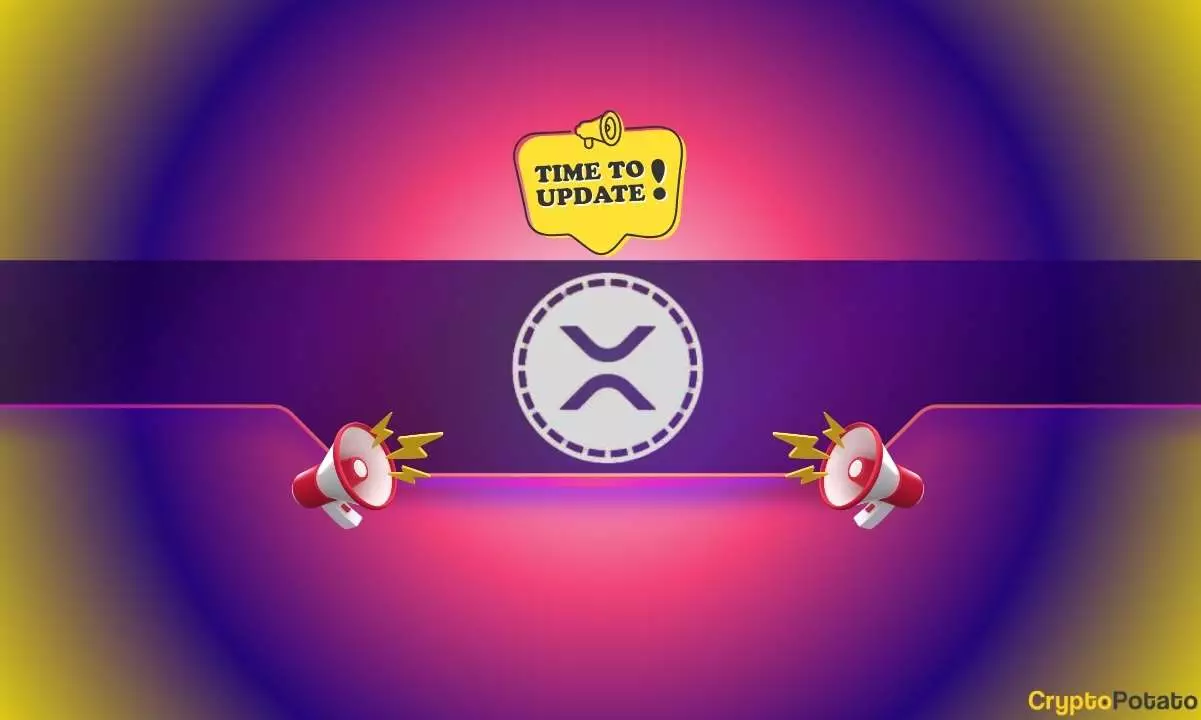Ripple, known for revolutionizing cross-border payments through its blockchain technology, has embarked on a new venture by introducing RLUSD, a stablecoin expected to launch subject to regulatory approval. Set to be pegged 1:1 with the US dollar, the RLUSD aims to integrate seamlessly with not only the XRP Ledger (XRPL) but also Ethereum. As the cryptocurrency ecosystem continues to evolve, this move signifies Ripple’s commitment to expanding its footprint in the digital currency landscape.
As of August 2024, Ripple has entered the beta testing phase for RLUSD, reflecting substantial progress while simultaneously acknowledging the crucial regulatory landscape that must be navigated. The company has made it clear that the ability to roll out the stablecoin hinges on obtaining approval from the New York Department of Financial Services (NYDFS). Monica Long, Ripple’s president, emphasized the readiness of the team to deploy the stablecoin, but reiterated that it is now a waiting game for the necessary permissions. This situation illustrates the complex intertwining of innovation and regulatory scrutiny in the cryptocurrency sector.
In an effort to bolster its launch, Ripple has partnered with several reputable exchanges including Bitstamp, Bitso, Uphold, Bullish, CoinMENA, Independent Reserve, and MoonPay. This strategic alliance not only aids in amplifying the reach and liquidity of RLUSD but also enhances its credibility in a competitive market. With the stablecoin sector currently valued at approximately $180 billion, it faces steep competition, primarily from established players like Tether (USDT) and Circle’s USDC.
The selection of notable exchanges as partners is a tactical move by Ripple to ensure that RLUSD will have a robust infrastructure for trading and transactions once it officially launches. It highlights the importance of building a solid foundation in a market that is rapidly becoming mainstream.
Long’s projections about the potential growth of the stablecoin market are ambitious; she forecasts a surge from the current $180 billion to a staggering $3 trillion. This potential growth could be driven by increasing demand for stablecoins in various applications, such as payments and remittances. Additionally, the concept of de-dollarization presents another layer of complexity. Long anticipates that future financial products may diversify away from being solely tied to the US dollar, considering other fiat currencies like the euro and yen.
However, despite optimistic market forecasts, Ripple and other players in the stablecoin sector must grapple with challenges such as regulatory uncertainties, competition from traditional finance, and the evolving landscape of digital currencies. The balance between innovation and compliance will be critical as the market develops.
Ripple’s RLUSD presents an intriguing addition to the stablecoin arena, with the potential to reshape how value is transferred and stored in the digital economy. The journey ahead is fraught with regulatory challenges and market competition, but the support of powerful exchange partners and a clear operational readiness signify that Ripple is prepared to make its mark. As the sector grapples with the future of currency and compliance, only time will tell if RLUSD can rise to the occasion and thrive in this dynamic environment.

